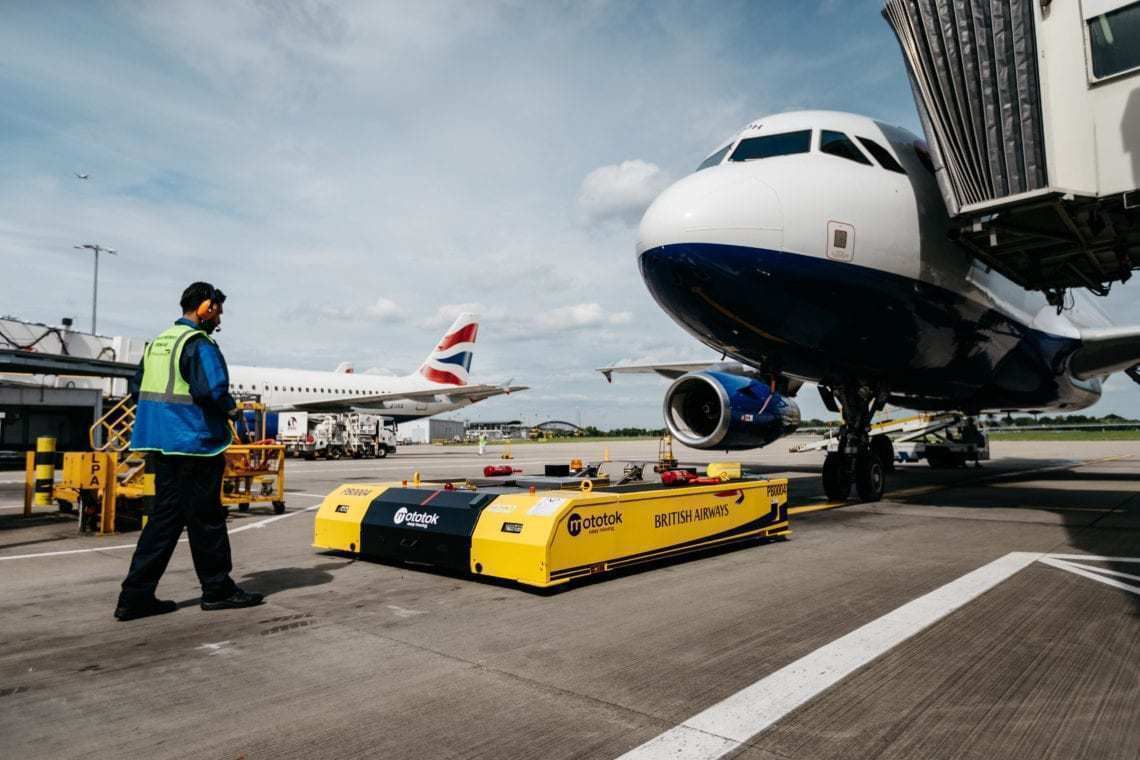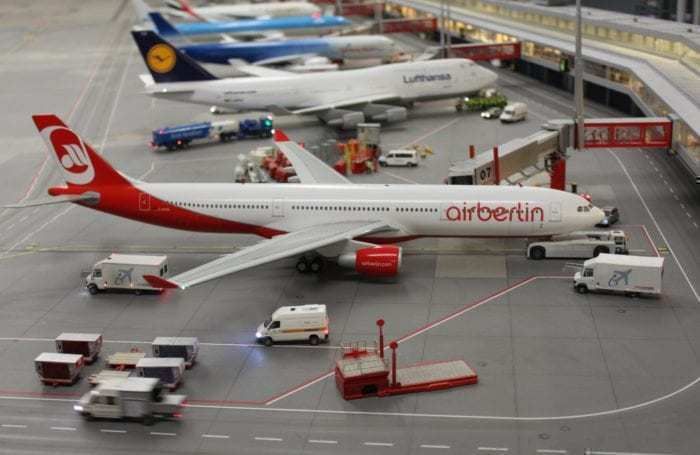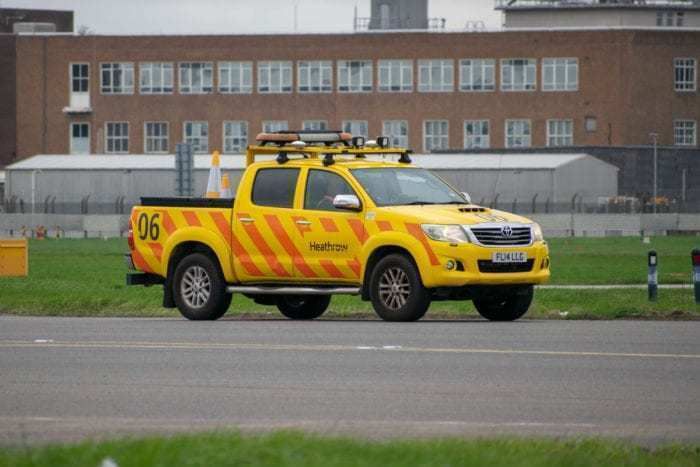In an age where everything from baggage systems to check in desks are becoming automated, what could come next? It looks as though the answer could be airport vehicles.
British Airways is already using driverless tugs to push their aircraft back, however, fully automated airport vehicles could be on the horizon soon. Heathrow's Terminal 5 uses driverless pods to shuttle guests to a car park. A French company called Navya is looking at automating everything from snow ploughs to buses. The big question is, however, are airports ready for this new technology? Simple Flying analyses the situation.
The positives
By automating the vehicle process, airlines could drastically cut delays. In fact, British Airways has seen delays drop by around 53% since driverless tugs entered service. Additionally, if airports are fully automated, accidents could be cut too. Airports have relatively low speed limits. However, if they became fully automated, every vehicle would know where the other was.
Additionally, it would be much easier for airports to program their complete road network into software than it would be to completely program the world's road network. This means that rather than having to completely rely on GPS, the vehicle could be aware of its position on the airfield in real time.
The negatives
All pros have their cons, and there are a few related to automated vehicles. The first is safety in an aviation environment. Moving around aircraft could pose a safety hazard for the vehicles and aircraft. Additionally, there is the problem of how vehicles would cross taxiways.
Of course, there is the option for ATC to "open" taxiways to vehicles. Another way would be to track all aircraft in real time, but the system would need to be ground-based, as it would be near impossible to retrofit every aircraft. Finally, such systems would require watertight security protocols. Just imagine the chaos if a vehicle was somehow driven onto a runway intentionally or otherwise.
Summary
All in all, despite the drawbacks, having automated aircraft at an airport would likely be a positive change. All of the negative mentioned would likely be addressed during the development phase. Indeed, it would take at least five to ten years to roll out such a system at airports. It would likely start with low-risk vehicles and work its way up.
Given the success of various driverless trials at airports, it appears to be more a question of when airports will gain driverless vehicles. This is as opposed to if airports would get driverless vehicles.
Do you think driverless vehicles will take off at airports? Let us know in the comments down below!



